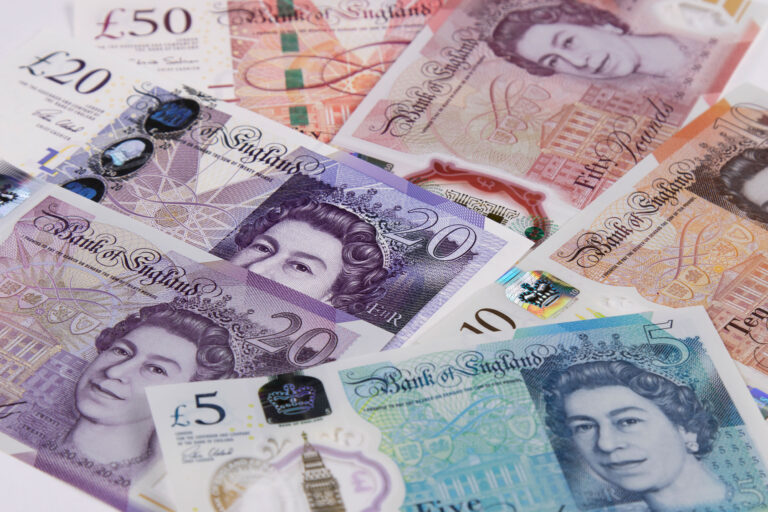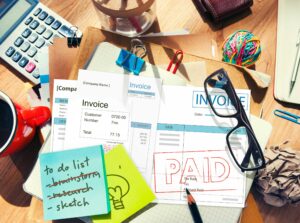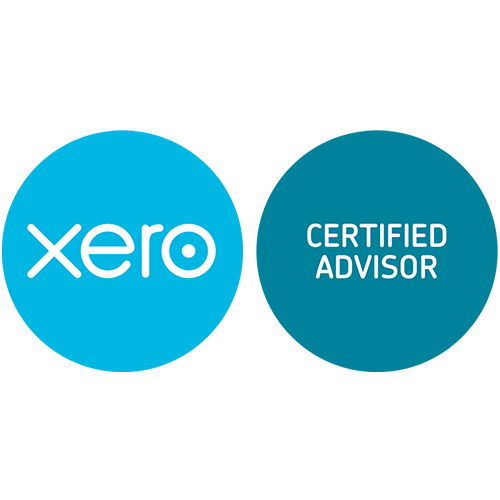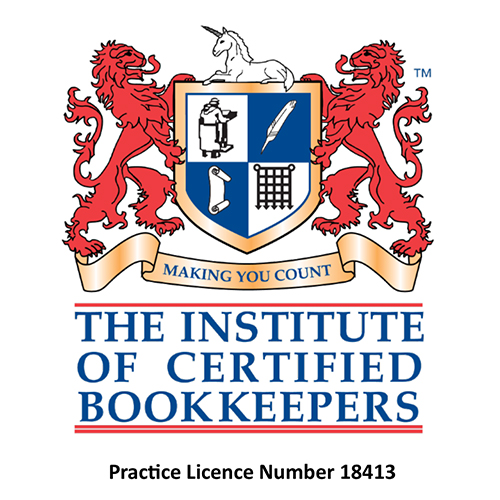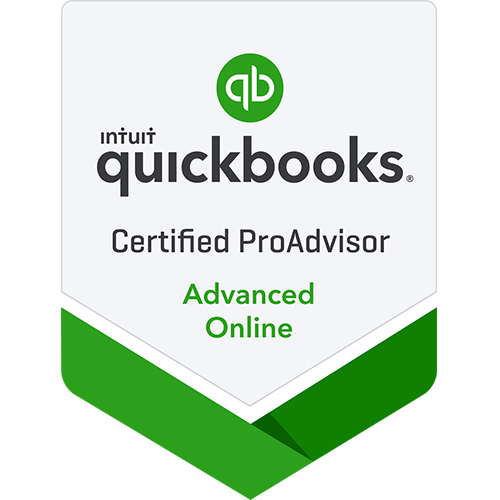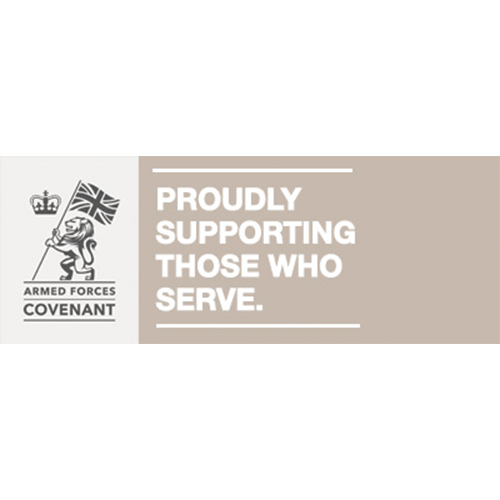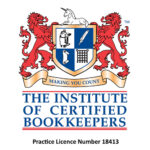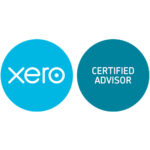Have you heard people talking about turnover, gross profit and net profit but have no idea what they all mean? Well, we’re here to solve that for you because we believe it’s important to know what’s what in your business.
What’s my turnover?
Turnover refers to the total amount of money you have received in exchange for goods or services in your business.
Let’s use an example to demonstrate…
Imagine you run a fruit business and all you sell is apples (very niche). In this tax year you sell 12,000 apples @ £1 each (expensive apples, aren’t they?!). That means you’ve sold £12,000 worth of apples. Therefore, your turnover is:
12,000 apples x £1 = £12,000 turnover.
What’s my gross profit?
Gross profit is your turnover minus your cost of sales.
Cost of sales refers to how much it costs you, directly, to make the sale. For most businesses this will be the cost of your stock or raw materials required to make products. In service-based businesses it might be a stock image you purchase for one specific client project, which you couldn’t complete without that stock image. Sometimes cost of sales is referred to as direct costs.
Let’s use an example to demonstrate…
Going back to our fruit business, if the apples you sold this year cost you £2,000 to purchase from the supplier, your gross profit is:
£12,000 (your turnover) – £2,000 (cost of sales) = £10,00 gross profit.
Some organisations will look at their gross profit to determine if their pricing is correct and whether they need to make adjustments to their costs of sale or retail pricing.
What’s my net profit?
Net profit is your gross profit minus the rest of your business expenses (excluding cost of sales). In effect, how much you have left after you’ve paid for everything to make your business possible. It’s the amount you’d have left if you didn’t take a penny out of the business for the year, except to pay for expenses.
If you don’t have any cost of sales, your net profit will also be your turnover minus your expenses.
Let’s use an example to demonstrate…
Continuing with our fruit business, your gross profit (turnover – cost of sales) is £10,000.
In addition to the money you spent on buying the apples you sold, you also spent £3,000 throughout the year on other expenses, including; your website, staff wages, office costs, marketing and stationery. Therefore, your net profit is:
£10,000 (gross profit) – £3,000 (expenses) = £7,000 net profit.
Why do I need to know the difference?
It’s good to know the difference between turnover, gross profit and net profit as you’ll see these on your profit and loss reports. It can also help you make decisions about your business, such as where you could cut costs and make your venture more profitable.
It’s also useful to know that if you’re a sole trader, when it comes your self-assessment, the tax you owe will be calculated using your net profit. The higher the net profit you make, the more tax you pay.
What questions do you have?
We’d love to answer any questions you have about this topic and anything else relating to your business finances. You can get in touch on our contact page or drop us a message on Facebook.


